


For more than 25 years, Baumit has been focusing on the subject of healthy living and has launched numerous innovative products in this area. However, it has become clear that at present there are still few scientifically sound statements about the effects of building materials on health and well-being. Therefore, in 2015 The Viva research park was founded and it has become Europe´s largest research facility of its kind. Its main objective is to accurately measure and evaluate the impact of different construction materials to living comfort.
Find out more details about Viva Research Park .
"We want people to feel healthly and fresh in their homes."
Robert Schmid, owner of Baumit.
In order to simulate real living situations and to be able to investigate the connection between building materials and their effects on the human organism, the largest building material research park in Europe has been launched: A research ‘village’ consisting of 12 model houses has been built using the most diverse building materials - from solid construction, concrete, solid bricks and lightweight wooden construction.
The houses were built directly behind the new Baumit Innovation Centre in Wopfing, 50 km south of Vienna. The standardised houses, with an external dimension of 4 x 5 meters were provided with varying interior and exterior coatings. For all, the same outdoor climatic conditions and the same U-value apply.
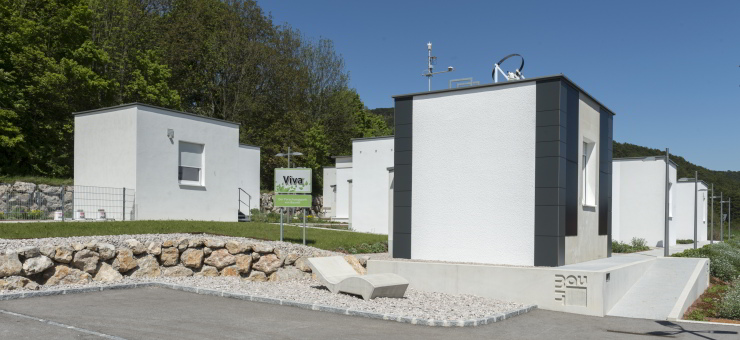

Data collection from individual structures has been anonymized. Generated data are sent to external partners (Technical University in Pinkafeld, Austrian Institute for Healthy and Ecological Building, and Medical Faculty in Vienna) where they are subsequently evaluated. Their impact on health and living comfort are evaluated as well. More than 30 thousand different measurements are collected for one structure per week.
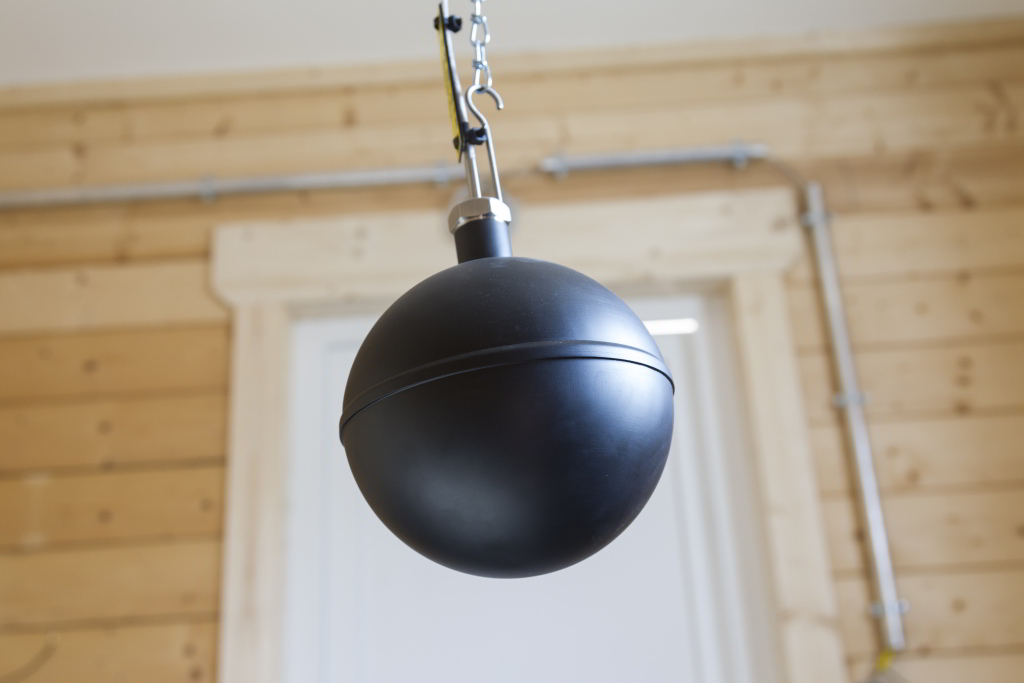
Within the quality analysis of internal air, individual parameters are reviewed from the medical viewpoint: internal climate, air ions, VOC (volatile organic compounds), noise, smell. Allergic reactions, fatigue, stress or quality of sleep are analysed. Saving of energy, accumulation, deviations of temperature, seasonal changes, soprtion properties and vapour permeability of building materials are measured as well.
Research shows that 3 important areas must be considered if you want to build a healthy house.
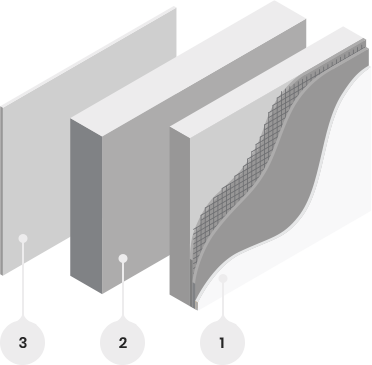
A good insulation ensures a balanced interior climate and increases the overall living comfort. The uninsulated house needs 2.5 times more energy in comparison to an insulated one. In other words, in an insulated house you need only 40% of the actual energy costs.
Thick walls serve as an energy regulator. Houses with high-quality breathable insulation and thick walls save energy best and optimise short-term temperature fluctuations. The internal temperature will not be affected in winter or summer.
Klima interior plasters with 20mm thickness make a significant contribution to regulating air humidity of interior walls and reduce the development of health-damaging organisms. People feel most comfortable with air humidity ranging between 40% - 60%.
Practical results

Do you know how to fight with summer overheating? You can maintain the cool better and longer in thermally insulated houses.
More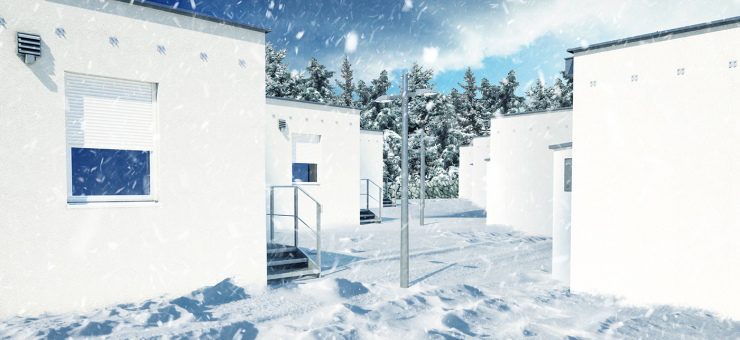
What will happen if your heating during winter days is interupted? Find out which types of houses managed to keep warm the longest.
More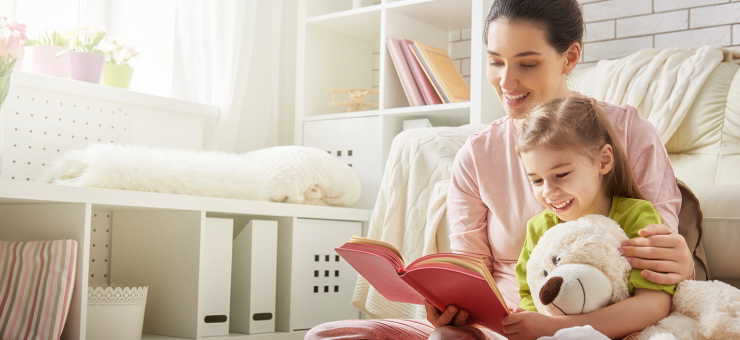
Air humidity in the interior should range from 40 to 60 %. How do different building materials affect maintaining of this humidity?
More
Air humidity in the interior should range from 40 to 60 %. How do different building materials affect maintaining of this humidity?
MoreThe method of construction and quality of used materials have a principal impact on human health and quality of living. Measurement results from the research park can be summarised in three main points:
A well-insulated house brings many advantages. In addition to energy saving, it achieves a better score in other physical parameters and ensures a thermal comfort to those who live there.


During all measurements in the research park, the best results were achieved by thick thermally-insulated walls. Dense materials, such as concrete, traditional bricks and wood with high density show a higher accumulation capacity. In winter, they can better maintain warmness and in summer, if combined with thermal insulation, the interior does not overheat.
Sometimes, correct venting and heating is not sufficient for maintaining an optimum humidity. Walls finish in plaster forms a large area that, if materials are correctly selected, helps to regulate humidity in the interior to a consistent level.
This does depend on the material’s capability to absorb residual moisture and return it back into the air in case of insufficient humidity. Baumit Klima internal plaster, applied to a thickness of 2cm, significantly helps to regulate the interior air humidity and reduces the build up of organisms harmful to our health. People feel the best if air humidity ranges from 40 to 60 %.
